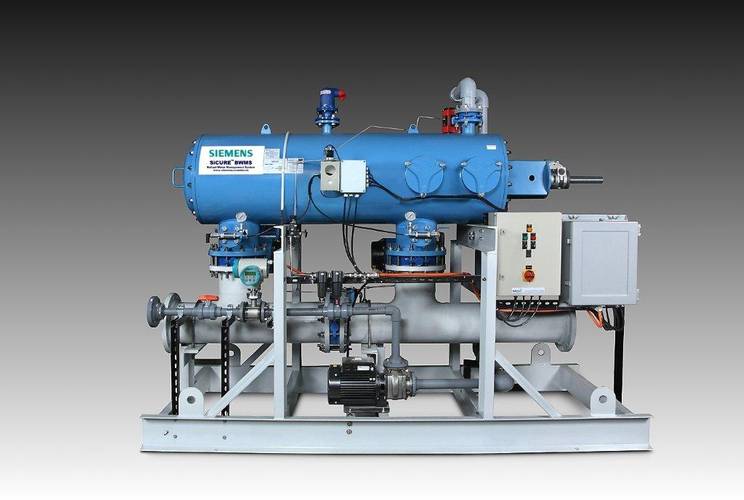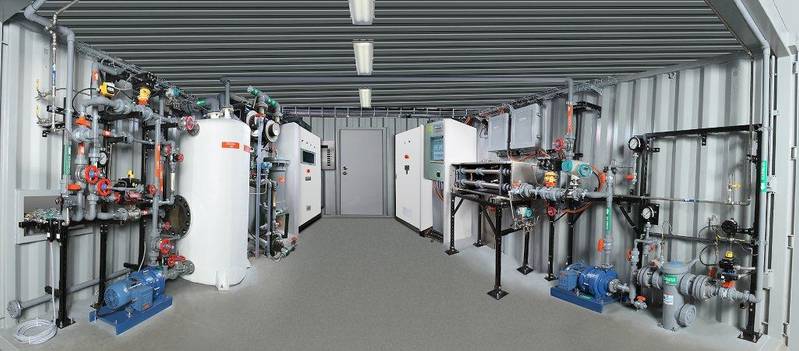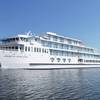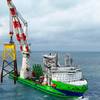Siemens’ Ballast Water Management Anti-biofouling Earns U.S. Patent
The U.S. Patent Office has awarded Siemens Water Technologies a patent for a system and method to control biofouling of filters used as a first stage of treating ballast water in its SeaCURETM Ballast Water Management System.
The patent, entitled “Method and System for Biofouling Control of Shipboard Components" (U.S. patent no. 8,591,740 B2), involves injection of biocide into ballast seawater before it reaches the large surface filter intakes to reduce the growth of marine organisms that can clog the filters.
The technology is already incorporated in the Siemens SeaCURE Ballast Water Management System that uses a combination of physical separation and a proprietary, on-demand treatment with biocides, produced in-situ from seawater, without the addition of chemicals. The SeaCURE system is based on more than 30 years experience on over 2,500 shipboard installations of Siemens’ well-known Chloropac biofouling control system.
The SeaCURE system employs filters to remove or break larger organisms using a 40-micron weave-wire screen and provides reliable, non-stop operation at high sediment loads while minimizing backwash flow. The biofouling control provided to the filter assures SeaCURE’s reliable function and minimizes maintenance requirements of the system. The SeaCURE system can be used not only for treating ballast water, but also for treating onboard cooling water circuits.
“Ship owners and operators clearly prefer not to store or have to replenish chemicals onboard,” said Vandhana Ravi, Frost & Sullivan energy and environment research analyst. “Effective ballast water management and cooling systems that do not require the addition of chemicals to control biofouling can offer numerous operational and lifecycle cost advantages.”
“The development of this technology to prevent biofouling is another important distinction of the SeaCURE Ballast Water Management System,” said Dr. Lukas Loeffler, Siemens Water Technologies CEO. “The U.S. patent is affirmation of our continuing commitment to innovation.”
Siemens is marking a century of water treatment innovation and leadership with the first commercially-produced gas chlorinator installed in a public drinking water system in 1913 by Wallace & Tiernan, now a Siemens Water Technologies company. The company’s R&D is focused on ultrapure water and drinking water, waste reduction, energy and process efficiency, desalination and water reuse. The company holds more than 1,600 granted patents and patent applications.
The SeaCURE system is designed to comply with International Maritime Organization (IMO) Convention D-2 regulations for ballast water management and received IMO final approval in 2012. SeaCURE is available in skid-mounted, containerized or as modular components depending on customer requirements for installation in newbuilds and existing ships. It is particularly well-suited for retrofit installations because biocide generation takes place in a small side stream taken off the ballast water main, minimizing footprint and maximizing available space.


















